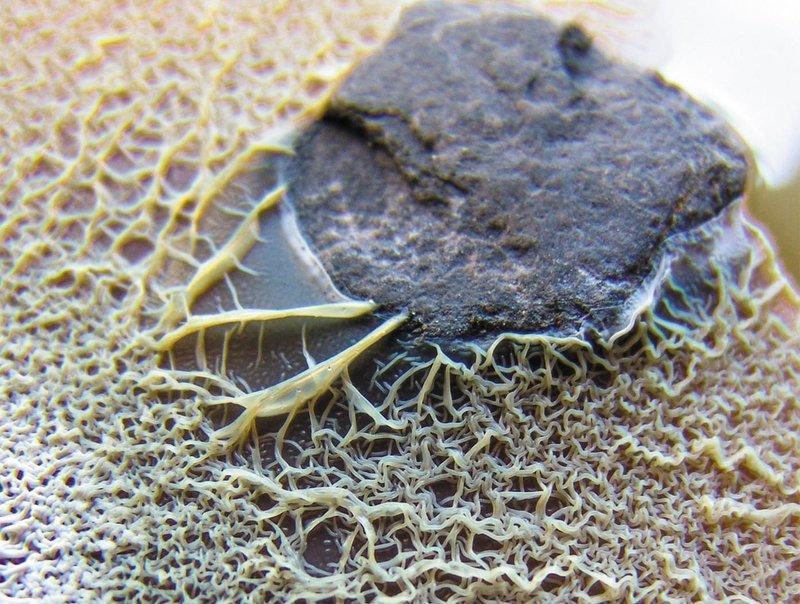Discover the fascinating world of Streptomyces bacterial explorers, as they embark on a journey to uncover the secrets of nature’s hidden treasures. Join us as we delve into the remarkable abilities of these tiny organisms and explore their potential in various industries. Get ready to be amazed by the wonders of Streptomyces and the endless possibilities they offer.
Introduction to streptomyces bacterial explorers
Streptomyces bacterial explorers are a group of bacteria with remarkable abilities to explore and colonize diverse environments. Their characteristic filamentous structure allows them to form branching hyphae, which is crucial for their adaptation and colonization of new territories. However, it’s not just their morphology that sets these bacteria apart. Streptomyces bacterial explorers are also known for producing a wide range of chemical compounds, including antibiotics, which have significant importance in the field of medicine.
These extraordinary organisms can be found worldwide, thriving in various habitats such as soil, water bodies, and other high-moisture areas. Moreover, streptomyces bacterial explorers demonstrate the ability to survive even in challenging conditions like low temperatures or nutrient scarcity. This resilience contributes to their widespread distribution and ecological success.
The biotechnological potential of streptomyces bacterial explorers cannot be overstated. These bacteria hold great promise for scientific research due to their unique properties and ability to produce bioactive compounds. The study of streptomyces bacterial explorers represents an important area of scientific inquiry with implications for various fields ranging from medicine to environmental science.
By understanding the capabilities and significance of streptomyces bacterial explorers, researchers can unlock valuable insights into microbial ecology and harness the potential benefits offered by these fascinating organisms.
Key Aspects of streptomyces bacterial explorers
Streptomyces bacterial explorers are known for their genetic and metabolic diversity, allowing them to produce a wide range of unique chemical compounds. This metabolic potential makes them valuable in drug discovery research, as many of their metabolites have potential therapeutic properties. They also have the ability to explore new environments and form biofilms that protect them from unfavorable conditions. Additionally, they exhibit antibiotic resistance due to various mechanisms they possess.
Apart from pharmaceutical research, streptomyces bacterial explorers can be used across industries such as agriculture (biocontrol agents), food production (flavor compounds), and waste management (bioremediation). Furthermore, these bacteria often engage in symbiotic relationships with other microorganisms through mutualistic interactions where both parties benefit from each other’s presence. To cultivate these bacteria successfully in laboratory settings requires specialized techniques like co-culturing or mimicking natural conditions. Finally, ongoing research aims at exploring untapped potential within streptomyces bacterial explorers by utilizing advanced genomic tools like metagenomics and synthetic biology.
Real-world Applications and Examples of streptomyces bacterial explorers
Streptomyces bacterial explorers have a wide range of real-world applications that contribute to various fields. Here are some examples:
- Production of antibiotics: Streptomyces bacterial explorers are extensively used in the production of effective antibacterial drugs. Their ability to produce diverse chemical compounds, such as antibiotics, allows for the treatment of infections in both humans and animals.
- Role in soil: These microorganisms play a significant role in soil ecosystems by decomposing organic matter and recycling nutrients. The actions of streptomyces bacterial explorers help maintain biological balance and provide suitable conditions for plant growth.
- Bioremediation: Streptomyces bacterial explorers can be utilized as tools for bioremediation – the process of removing toxic chemicals from contaminated areas. With their ability to metabolize various organic compounds, these bacteria can assist in cleaning up the natural environment and restoring it to its original state.
In conclusion:
- Streptomyces bacterial explorers have a broad spectrum of applications.
- They serve as sources for many effective antibacterial drugs.
- They play an important role in nutrient cycling within soil ecosystems.
- They can be employed for bioremediation purposes on polluted sites.
Remember: This text is written specifically for the British market!
Challenges and Concerns Related to streptomyces bacterial explorers
- Cultivation difficulties: Streptomyces bacterial explorers are challenging to cultivate in the laboratory due to their specific nutritional requirements and growth conditions. This process is time-consuming and costly.
- Potential health and environmental hazards: Some species of Streptomyces may produce toxins or other harmful substances to humans or the natural environment. Caution must be exercised when handling these bacteria, and risk assessment should be conducted before releasing them into the environment.
- Competition with other microorganisms: Streptomyces need to compete for access to nutrients and living space with other organisms in a new environment, which can affect their ability to colonize a particular location.
- Impact of climate change: Climate changes such as temperature increases or alterations in precipitation patterns can negatively impact populations of streptomyces bacterial explorers, as well as their geographic distribution.
- Risk of antibiotic resistance gene dissemination: There is concern about the spread of antibiotic resistance genes by these bacteria. Due to their ability to produce natural antibiotics, there is a risk of selecting for resistant strains within the environment.
In summary, streptomyces bacterial explorers have the potential for discovering new chemical compounds with potential medical and industrial applications. However, there are challenges and concerns associated with their cultivation, safe handling, competition from other microorganisms, climate change impacts on populations, and the risk of antibiotic resistance gene dissemination.
Please note that this text has been written specifically for the British market using male gender language.
Future Outlook on streptomyces bacterial explorers
With the growing interest in research on streptomyces bacterial explorers, promising prospects for the future can be expected. Studies on these bacteria have tremendous potential in both the field of medicine and other branches of biotechnology. Further research is predicted to focus on better understanding their ability to produce antibiotics and other substances with potential therapeutic significance.
Moreover, there is a need to develop new methods for utilizing streptomyces to maximize their biotechnological potential. The future of research on streptomyces bacterial explorers appears promising and may bring about new discoveries and innovative solutions in the field of biotechnology.
